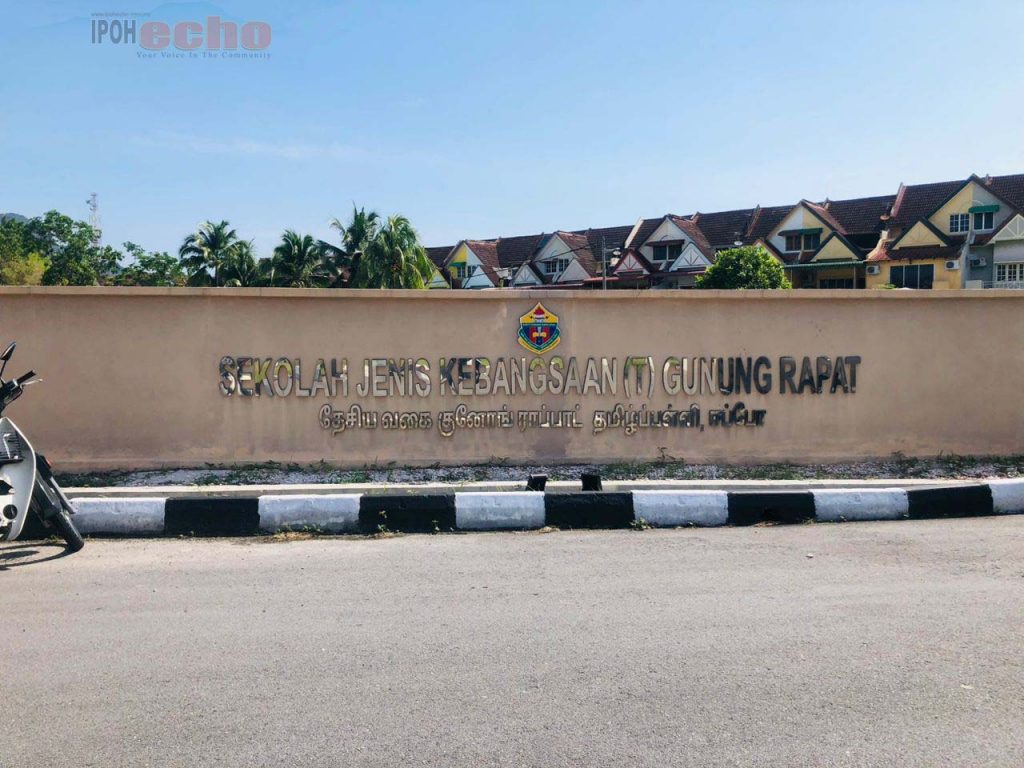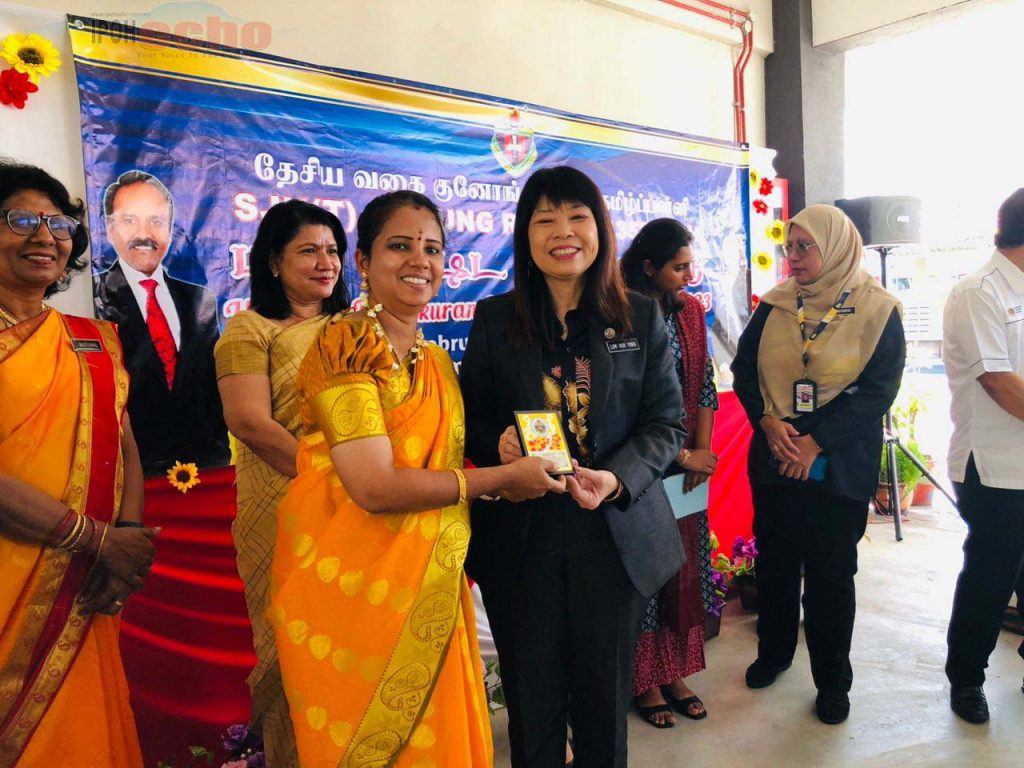

By: Aida Aziz
IPOH: The Malaysian Ministry of Education (KPM) will discuss with the State Education Department (JPN) to find an immediate solution to the issue of the lack of students in Sekolah Jenis Kebangsaan Tamil (SJKT) located in rural areas.
Its Deputy Minister, Lim Hui Ying said, the government is aware of the situation, especially SJKT which is located in the felda area.
“I will discuss this with JPN, as we already know there are some SJKT which have fewer students, especially in the felda area.
“But we will examine them one by one first and find solutions for the short and long term, otherwise the school will not continue,” she said.
Hui Ying said this when asked by a reporter about the issue of SJKT’s lack of students due to being located in rural areas.


When asked if there will be an effort to move the school to an urban area, she said the government will examine the matter first before any decision is made.
She was met by reporters after completing the Opening Ceremony of SJKT Gunung Rapat, here, on Friday.
Also present, was Deputy Minister of Entrepreneur Development and Cooperatives, K. Saraswathy.
In the meantime, Hui Ying did not deny that there were several project delays involving the relocation and construction of new schools across the country.
She said that one of the causes of the problem was the high cost of raw materials and difficulties from the contractor.
“Every state has late projects, we do not deny this because many projects are still in planning.
“The delay in this project may be due to the increasing cost of raw materials and the ability of workers from the contractor. That is why they are having difficulty completing the project.
“We will make sure the approved project will be completed, so the students can move or get a new school,” she added.
SJKT Gunung Rapat which was built in 1954 is now moving to a new location following the old infrastructure which is outdated and not suitable for teaching and learning sessions.
The new building has six classrooms, 15 teachers and 120 students.




